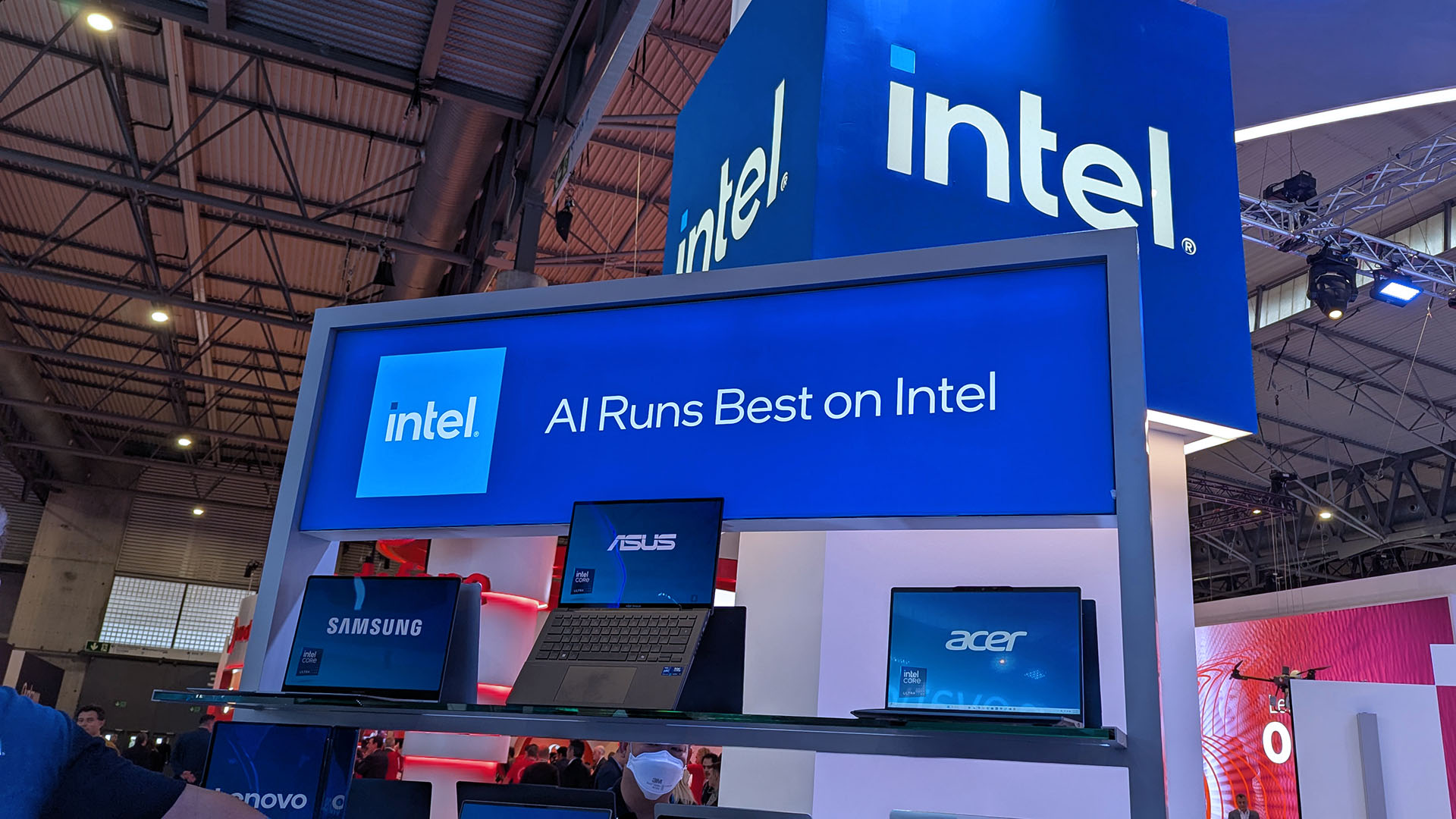Goodbye, XPS: Dell joins HP in rebranding its entire laptop range for the AI PC era
AI is transforming how we work and how PC makers think of their hardware, as Dell tries to simplify for 2025. That means no more XPS, OptiPlex, Latitude, and more. Here's why.
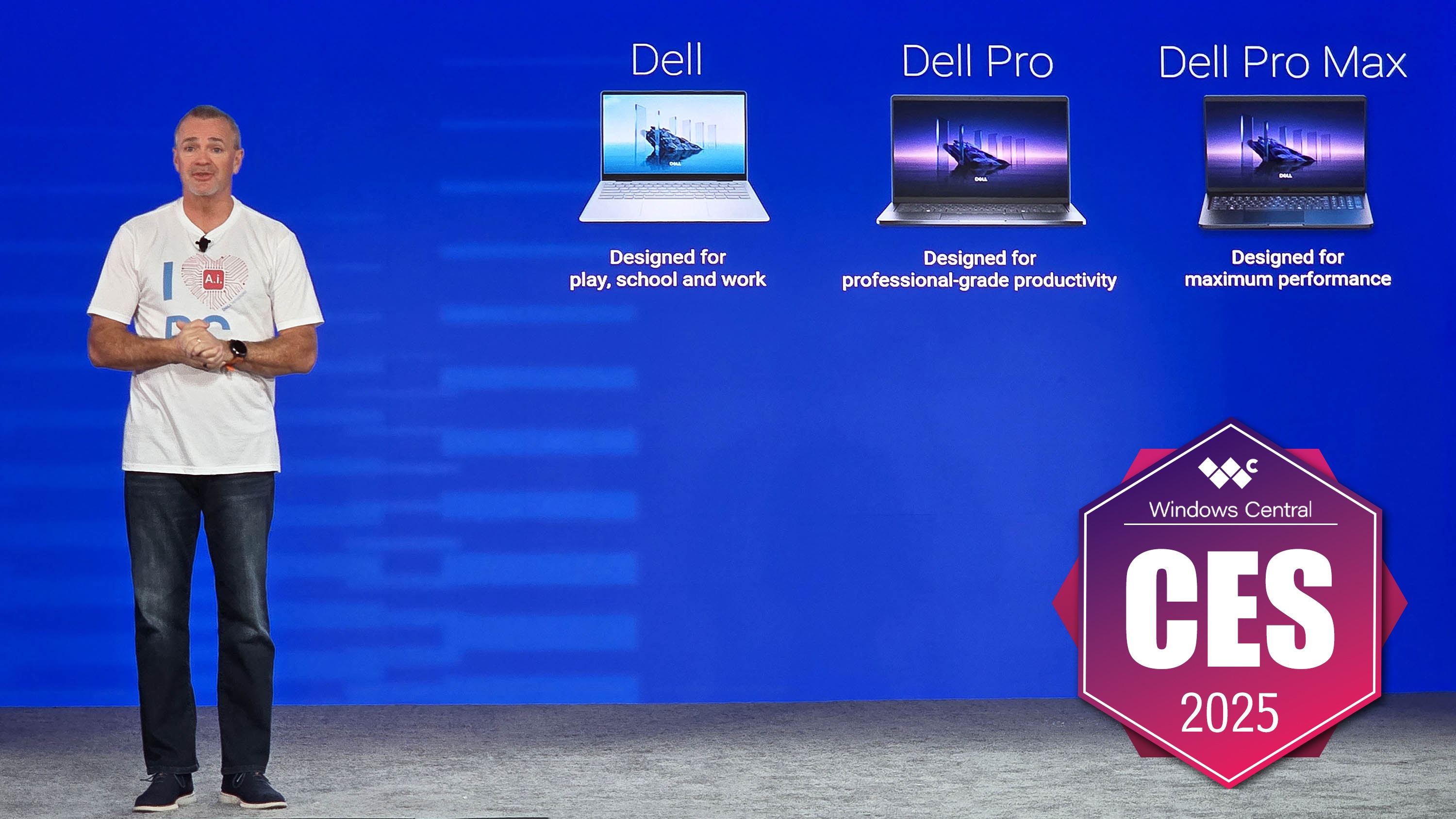
Today at CES 2025, Dell has announced that it is transforming its PC portfolio, making it more “simplified” and delivering “modern designs, long battery life and enhanced AI performance.”
Getting rid of popular brands like XPS, Precision, Latitude, OptiPlex, and more is a bold and risky move, but Dell thinks it’s the right time—and it’s not alone.
Back in May 2024, HP boldly rebranded its entire PC portfolio to usher in the era of AI PCs—laptops with built-in NPUs (neural processing units) to process local AI features increasingly found in Windows 11 and third-party software. Now, it’s Dell’s turn.
Goodbye XPS, hello Dell Premium?
If Dell is phasing out brands like XPS and Latitude, what is it going with?
Dell
Yup, that’s it. Or rather, the core of the new change. Dell’s new PC range includes three categories: Dell, Dell Pro, and Dell Max. Let’s take a look at each one by one.
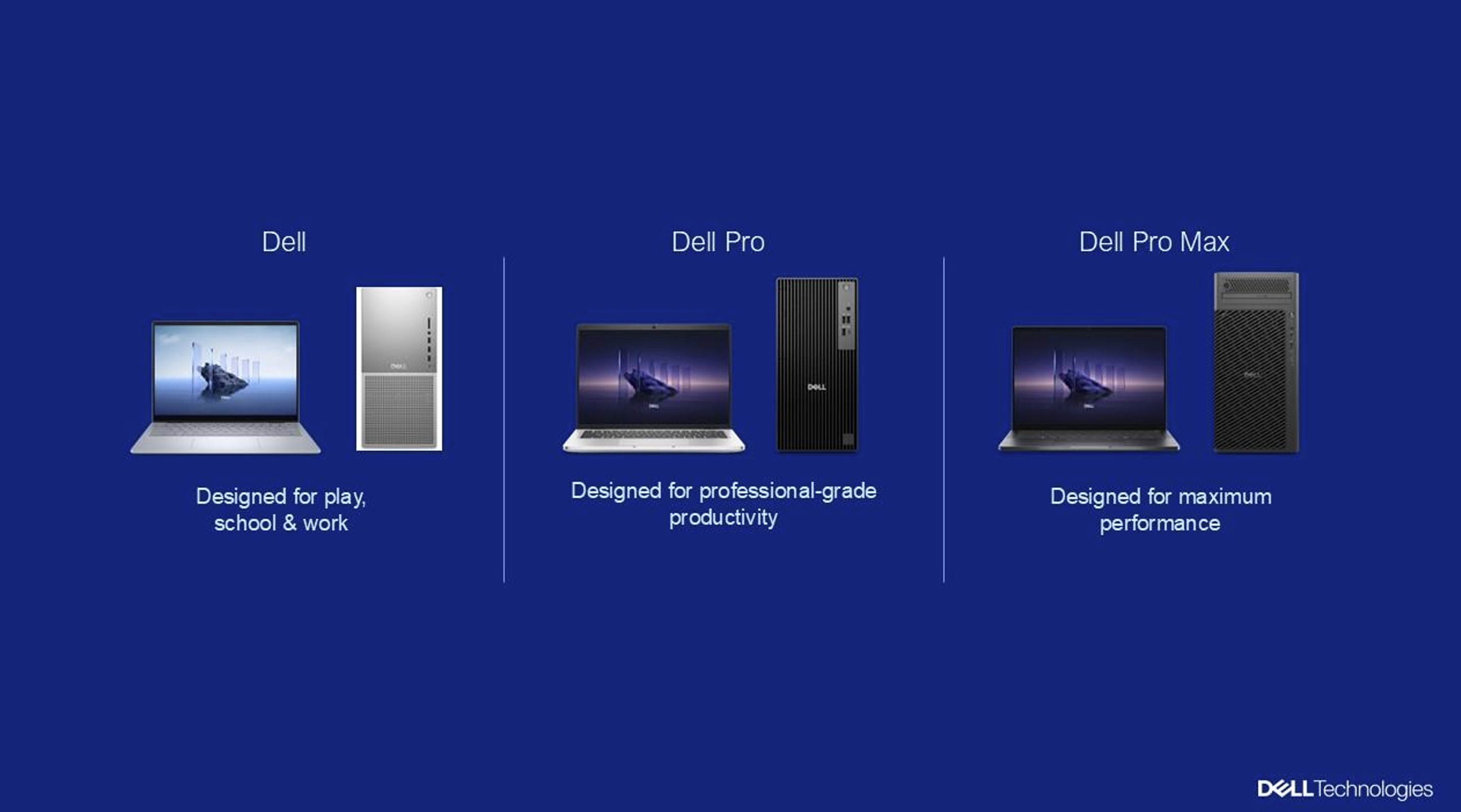
- Dell: Designed for play, school, and work (Consumer)
- Dell Pro: Designed for professional-grade productivity (Commercial)
- Dell Max: Designed for maximum performance (Consumer/Commercial)
Brands like XPS, Latitude, and Inspiron, which are mainstream consumer laptops at various tiers, will eventually fall under just “Dell” for the overall category. Something like the Precision 7780 Workstation will likely fall under Dell Max.
Get the Windows Central Newsletter
All the latest news, reviews, and guides for Windows and Xbox diehards.
Of course, you’re probably wondering how people will know what pricing tier a “Dell” laptop falls into. That’s where the new product tiers come in, of which, again, there are three:
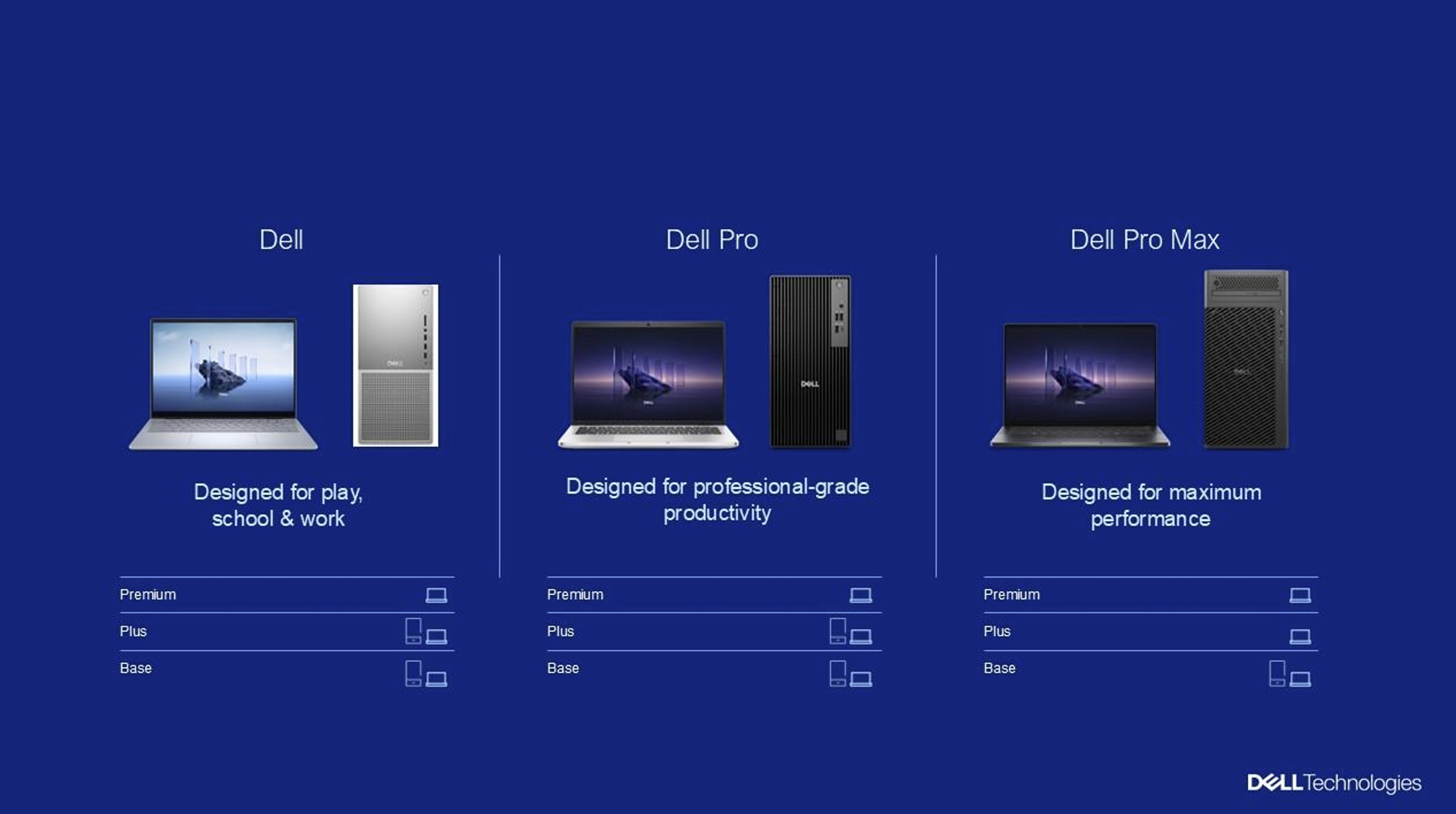
- Premium: Most expensive, "represents the pinnacle of mobility and design"
- Plus: Mid-range "highly scalable performance"
- Base: Entry level, most affordable
Next would be screen sizes like “13” for 13-inch and “16” for 16-inch.
That means, broadly and hypothetically speaking, instead of me reviewing the Dell XPS 14, I'd review the Dell 14 Premium with some number after it to designate generation and processor. Although that laptop is not being announced at CES 2025, Dell is announcing the Dell Pro 13/14 Premium series, which it describes as:
“The Copilot+ device is a sleek and lightweight yet powerful laptop for executives, sales managers and consultants who value performance and portability on the go. It’s available in 13- and 14-inch display sizes and is the slimmest and lightest of the Pro portfolio, starting at only 2.36 pounds. The Dell Pro Premium delivers up to 21.2 hours of battery life and 51% more run time than its predecessor…the notebook is our quietest commercial laptop ever due to a new dual fan thermal design. The Dell Pro 14 Premium will be the first commercial notebook with a Tandem OLED display. It’s 24% more power efficient and 49% lighter than traditional OLED displays while offering bright and vibrant color for editing presentations or taking conference calls with your team.”
Decoding "Dell Pro 13 Premium," you now know that "Pro" means it's for business, "Premium" is the highest pricing level, and "13" is the screen size.
Other new laptops with this branding being announced at CES 2025 include the Dell Pro Max 14/16, Dell Pro Max Desktop PCs, and for consumers, the Dell 14 Plus (and Dell 14 Plus 2-in1) and the Dell 16 Plus (and Dell 16 Plus 2-in-1).
All of these are launching with Intel Series 2 processors, although Dell notes that AMD and Snapdragon X Series devices will be available “later this year.”
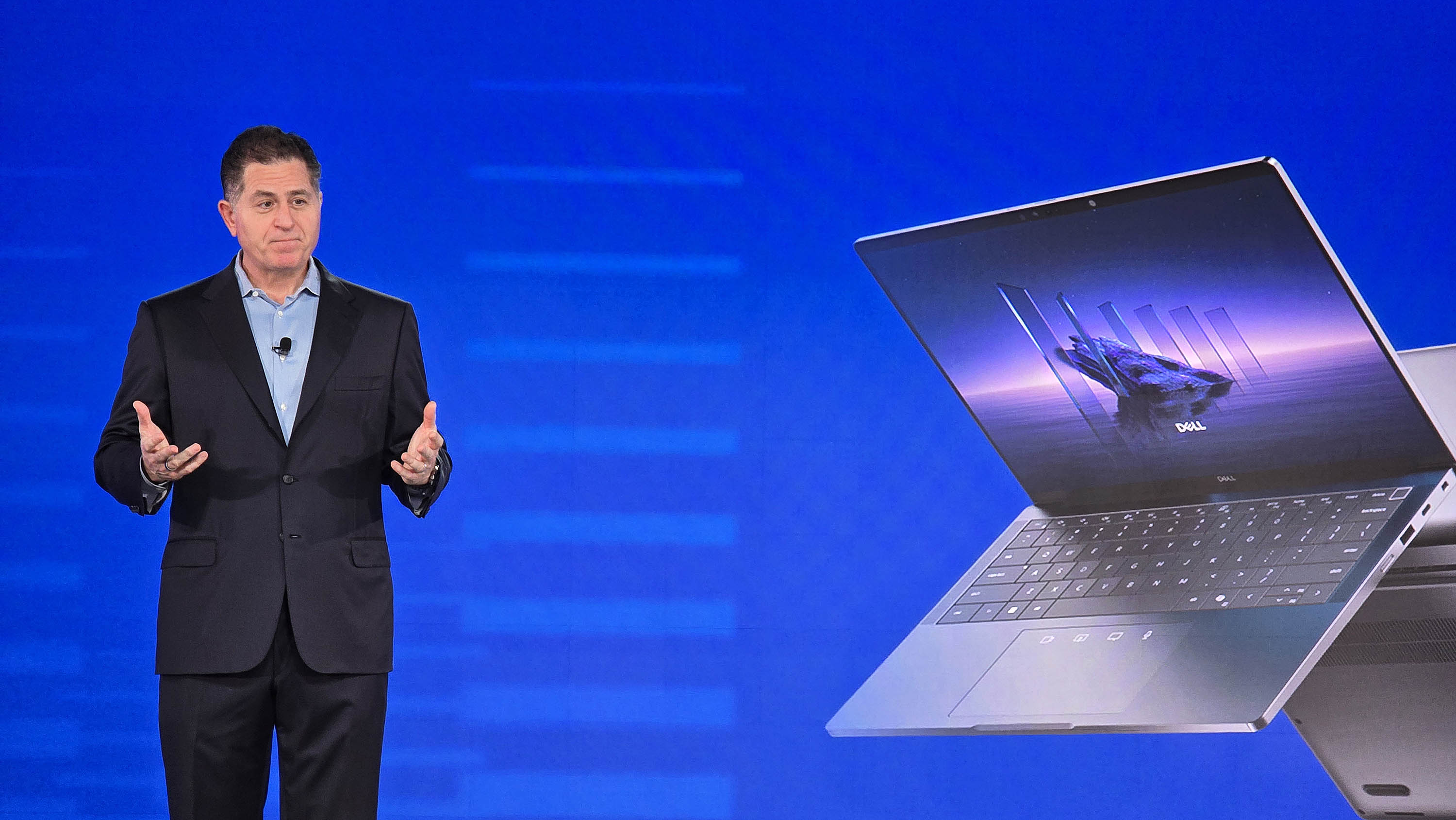
Why is Dell doing this now?
It should be obvious that the age of AI PCs is here, and it’s affecting a lot of what companies prioritize. Indeed, in May 2024, I wrote an article titled “ARM64 and AI are driving a 'Great Reset' in the Windows PC industry, a transformation unlike any witnessed in the past three decades.” Some thought I was hyperbolic, but with HP and Dell’s rebranding of its entire PC portfolio, I stick by the assessment.
As I wrote then:
“I have termed this the 'Great PC Reset,' which signifies the convergence of cutting-edge ARM64 processors from Qualcomm, powerful neural processing units (NPUs), generative AI, and PC manufacturers rallying around the concept of the AI PC. Furthermore, it signifies a resurgence of fundamental computing principles and simplicity.”
At the time, I was focusing on Qualcomm’s new Arm processors, which easily met my performance and battery life expectations. In fact, Windows Central named Microsoft’s Surface Laptop 7 and Surface Pro 11 the best laptops of 2024 for those reasons. The Snapdragon X chips dramatically improved those devices, fixing their weaknesses, namely battery life and (to a lesser extent) performance.
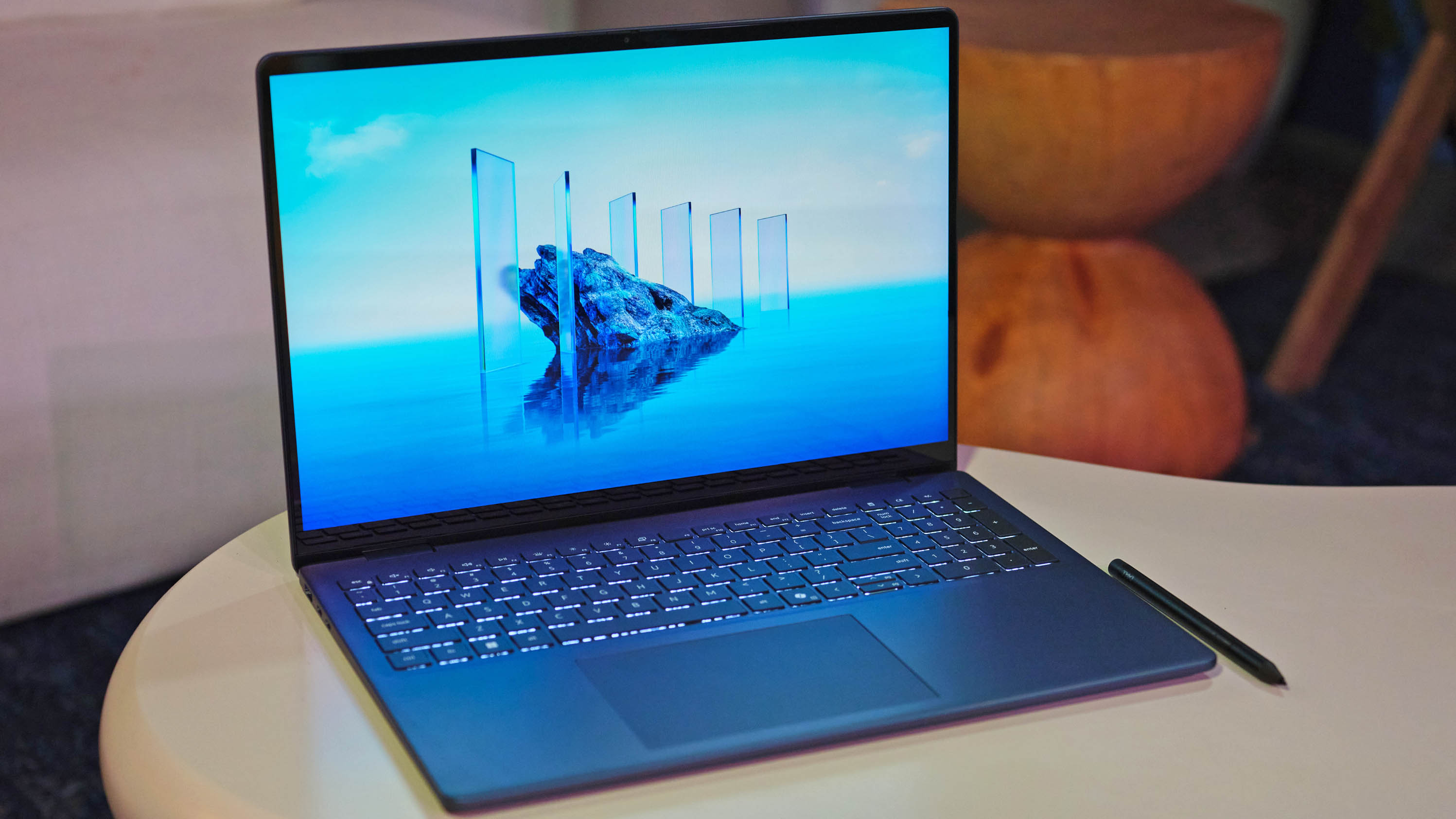
Since then, however, Intel and AMD have released chips with NPUs on board meeting the criteria to be called Copilot+ PCs. While some would argue there are not a lot of local AI tasks available now, the industry needs to get the hardware out first to the user's hands, letting the software follow. This is no different from Wi-Fi in laptops, even though no public Wi-Fi hotspots were available, making the tech useless (and expensive). Until there were. I think it’s now illegal to open a coffee shop without Wi-Fi. It’s so prevalent.
• DID YOU KNOW: "XPS" stands for eXtreme Performance System?
Dell clearly sees the momentum and shift as well. Its press announcement is leaning hard on AI. It also makes a good argument that people really don’t know what “XPS,” “Latitude,” or “OptiPlex” mean—not just literally, but more generally in terms of tiers. Ask anyone on the street if XPS is Dell’s premium category or if something is better; they likely won’t know.
Is Dell’s new naming scheme good?
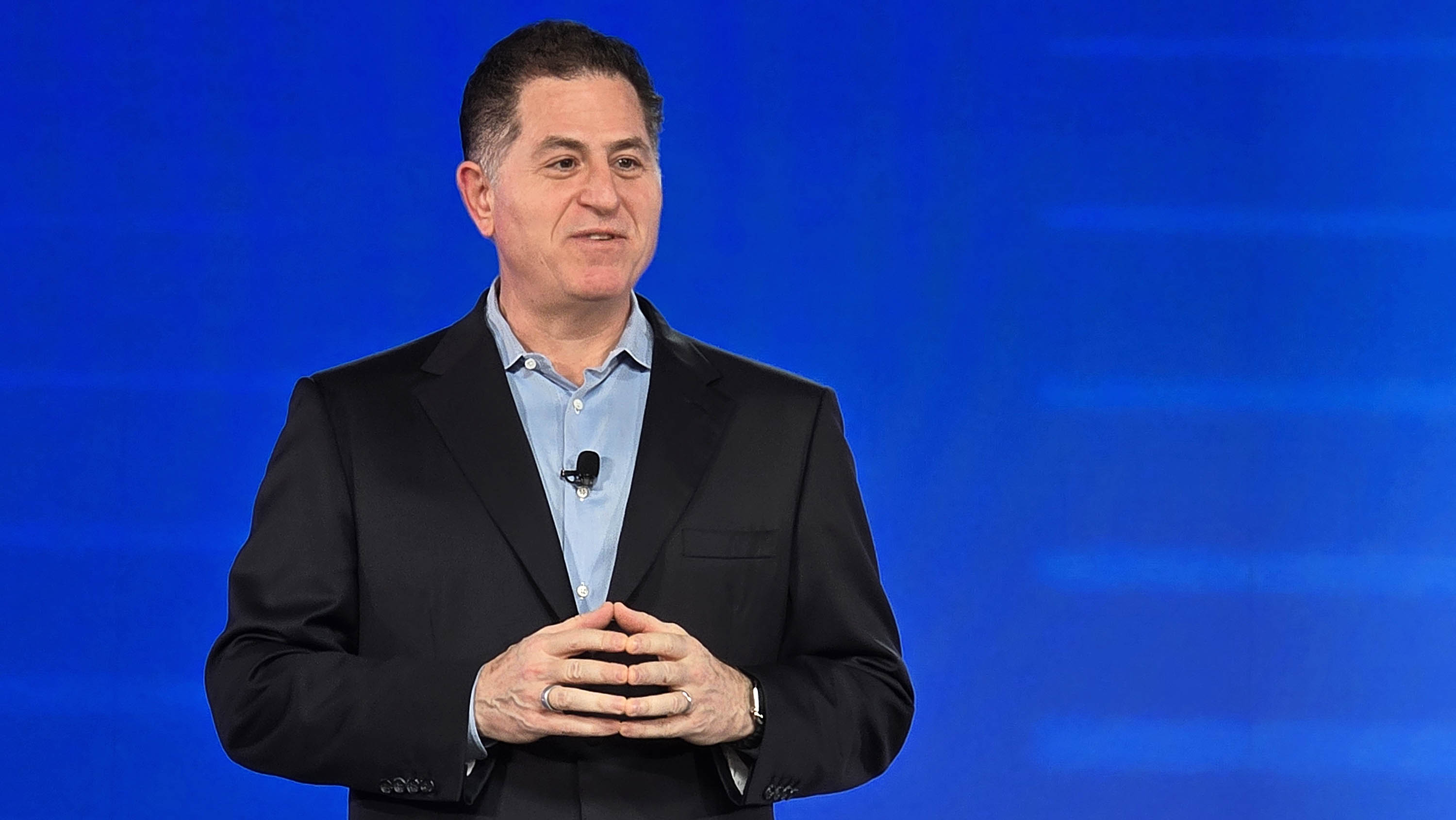
All that said, I can tell you that the press wasn’t thrilled with the new naming scheme. While Dell aims to simplify things, some people are confused about the change. For example, someday, there will be a “Dell Pro Max 14 Premium,” which is a mouthful and seems like too many adjectives. Some also couldn’t help but notice the similarities in naming to Apple’s style, which is overly fond of Pro and Max.
HP did things differently, going with Omni- for consumers (OmniBook, OmniStudio, OmniDesk) and Elite- for commercial (EliteBook, EliteStudio, EliteDesk) with a number/letter system to designate tiers: 3,5,7, X, Ultra for consumers; 2,4,6,8, X, Ultra for commercial. HP’s naming isn’t perfect, either, but it seems less wordy.
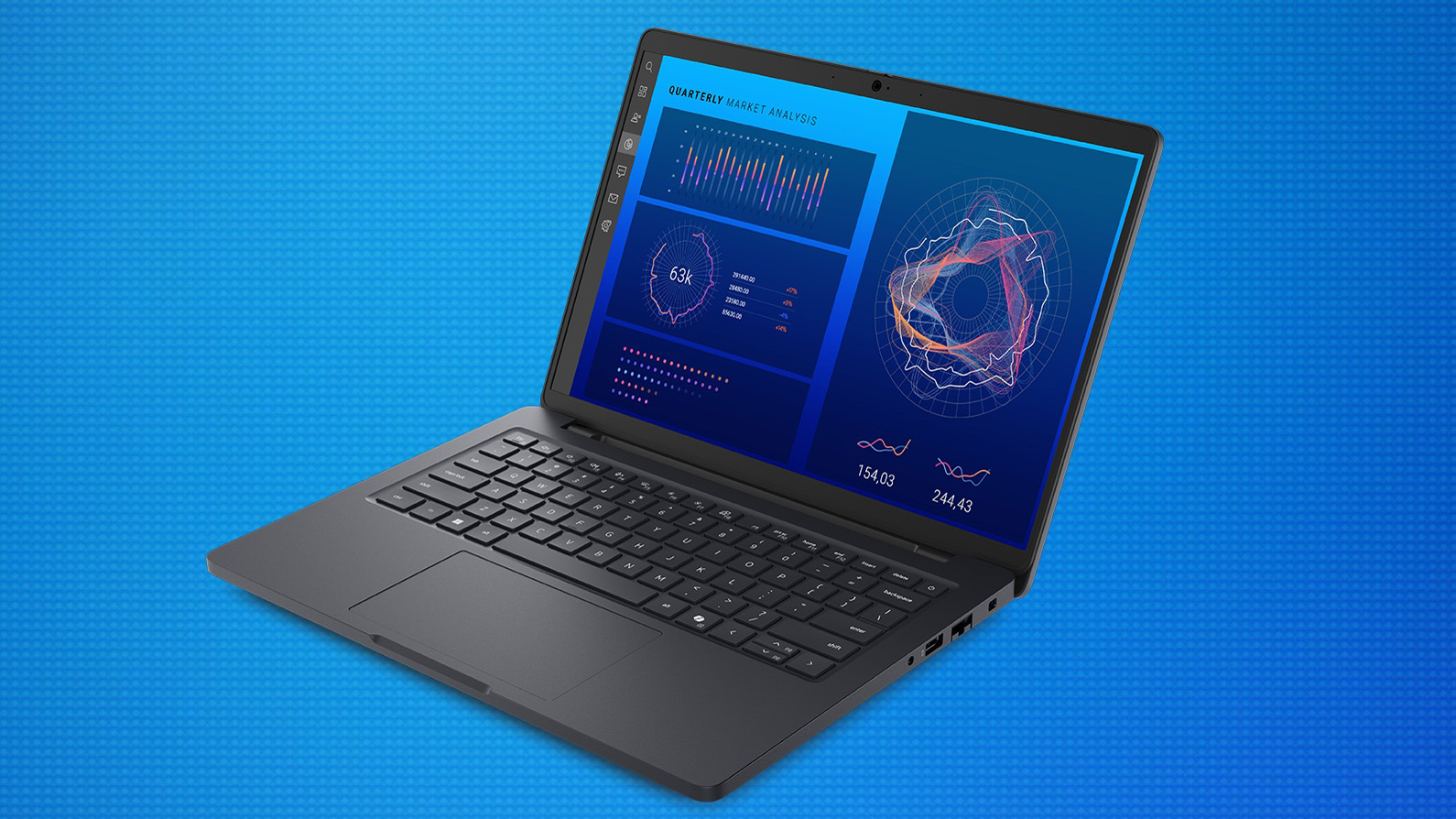
Granted, Dell insisted it did six months of market research, which led to "Dell, Dell Pro, and Dell Max," and it feels confident about the decision. I also don’t envy Dell. While everyone wants things to be as simple as Apple, the fact is Dell (and HP, Lenovo, ASUS, and more) have dozens of PC models, each with different configurations, for commercial and consumer use, with differing tiers, whereas Apple has basically four laptops with three tiers of chips—that’s easy.
We’ll see if Dell sticks with this scheme. But for now, I’m told XPS will exist for a bit longer as Dell transitions some of its brands over the next year.
And don’t worry, Alienware fans. Dell’s famed gaming brand is going nowhere.

Daniel Rubino is the Editor-in-chief of Windows Central. He is also the head reviewer, podcast co-host, and analyst. He has been covering Microsoft since 2007 when this site was called WMExperts (and later Windows Phone Central). His interests include Windows, laptops, next-gen computing, and wearable tech. He has reviewed laptops for over 10 years and is particularly fond of 2-in-1 convertibles, Arm64 processors, new form factors, and thin-and-light PCs. Before all this tech stuff, he worked on a Ph.D. in linguistics, performed polysomnographs in NYC, and was a motion-picture operator for 17 years.
-
TheFerrango Garbage names and Apple wannabe vibes. Here's hoping this doesn't also further reduce the laptop offerings to the mentioned Apple-way four models and doesn't push mid-tier laptops further down into the trash level.Reply
